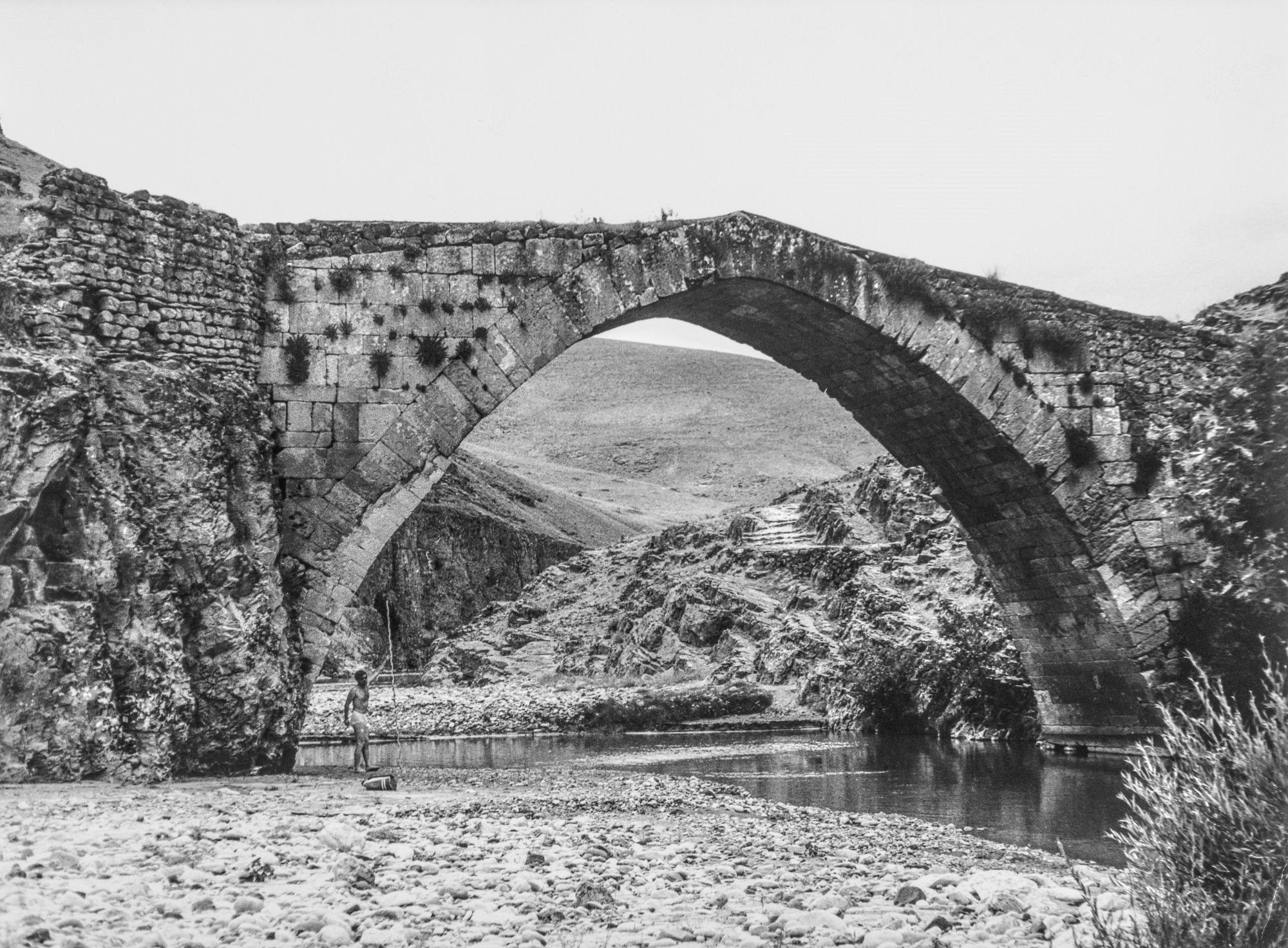AIAS Networking Event on Asia Minor Studies II
Network for researchers and students working on Asia Minor at Aarhus University.
Info about event
Time
Location
The AIAS Auditorium

This event series aim to bring together researchers and students who work, have worked or will work on Asia Minor and build a network for Asia Minor Studies at Aarhus University. In this second event, Prof. Dr. Mustafa Adak from Akdeniz University will present his paper about the isopoliteia treaty between Magnesia on the Maeander and Teos (abstract below). Prof. Adak will also briefly inform us about the challenges in his recent field works, which were conducted in western and southern Anatolia under the COVID-19 pandemic.
Programme
14.00-14.10 Introduction by Hale Güney, AIAS Fellow
14.10-14.40 Prof. Dr. Mustafa Adak: The Isopoliteia Treaty Between Magnesia on the Maeander and Teos. (Online)
14.40-15.00 Q&A Session.
15.00-16.00 Coffee & Turkish Delight in the lounge.
Participation and registration
The event is open to public and participation is free of charge. We, however, kindly ask you to register for this event by 21 March. Please do not hesitate to contact AIAS Fellow Hale Güney for further information and for registration: haleguney@aias.au.dk
The Isopoliteia Treaty Between Magnesia on the Maeander and Teos
Prof. Dr. Mustafa Adak, from Akdeniz University, Turkey
With the recognition of their asylia by most states of the Greek world Magnesia and Teos became respected poleis in the last decade of the 3rd century BC. Both cities used isopolity as an important diplomatic tool to strengthen their ties with important states. A long inscription cut on a 3,0 m high marble stele found in the Artemision of Magnesia reveals now that Magnesia and Teos signed an isopolity treaty with each other c. 203 BC. The isopoliteia request most probably came from the Teians, who instrumentalized it, because, in the run-up to their asylia-requests, they wanted to benefit from the immense diplomatic network that the Magnesians had built up in 208/7. Here they may have hoped that especially the good relations of the Magnesians to the cities in Crete would be useful, since the Magnesians were connected with the Cretans by kinship.
